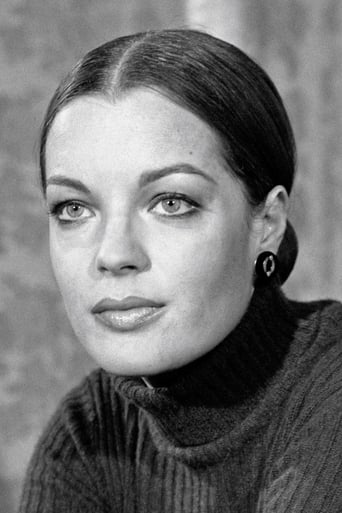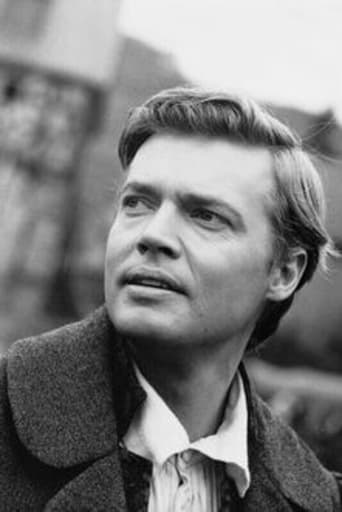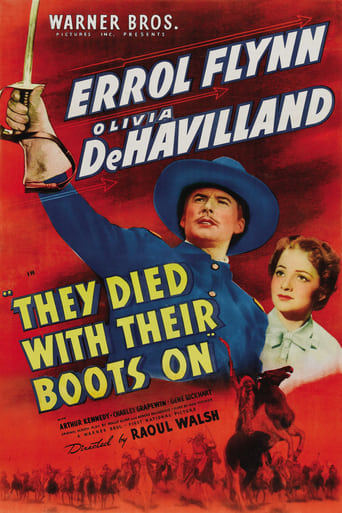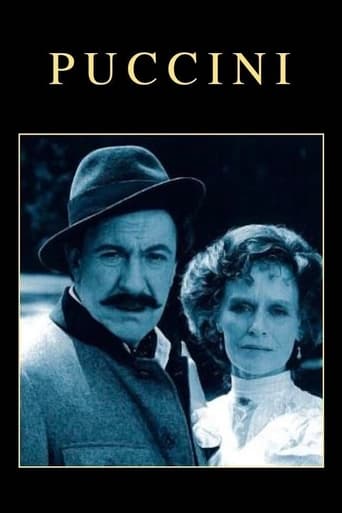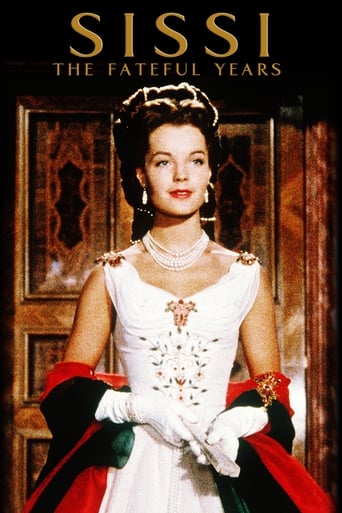
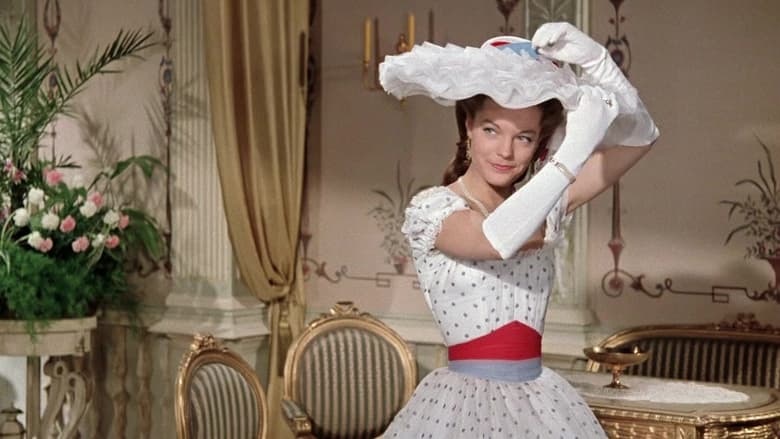
Sissi: The Fateful Years of an Empress (1957)
After a wonderful time in Hungary Sissi falls extremely ill and must retreat to a Mediterranean climate to rest. The young empress’ mother takes her from Austria to recover in Madeira.
Watch Trailer
Cast


Similar titles
Reviews
"Sissi - Schicksalsjahre einer Kaiserin" or "Sissi: The Fateful Years of an Empress" is the third and final film from the Sissi trilogy starring Romy Schneider, her mother Magda and Karlheinz Böhm. I watched all 3 films and I must say it should have ended already after the first, or even never have made. It may be an aesthetically pleasing watch most of the time, because costumes, cinematography and art direction are okay, but it's all very pretentious and style over substance. I have no idea why 2 of these 3 films were nominated at the prestigious Cannes Film Festival. Anyway, back to this one here. The writer and director is Oscar nominee Ernst Marischka once again. The film runs for 108 minutes roughly, a couple minutes longer than films 1 and 2. And with all the emotional pain, they included previously, especially in films 2, this one is mostly about actual physical pain for Sissi. It's all tear-jerk stuff, but never feels authentic and her complete recovery out of nowhere is as ridiculous as the constant comments about how she is possibly going to die while she wanders around carelessly in the castle as usual and doesn't even look sick. The same antagonist (the evil mother-in-law) adds nothing new and Böhm's character apparently being totally dependent on his wife's health don't help either in making this a credible tale.Other than this crucial plot point, it is also about Sissi being courted by Graf Andrassy. In reality, there are rumors about the two having a long-lasting affair, maybe him even being the father of one of her children, but in here she blows him off instantly. I really hate it when characters are depicted perfect in terms of character and behavior and it was pretty cringeworthy most of the time. Apart from that, this elaboration (and also many other scenes) make obvious that this cannot be taken seriously as a historic film. Another cringeworthy scene was when Sissi tells her mother that she did not ask her to come because of the long distance and the stressful journey for her mother when she herself was apparently very sick. Still 100% altruist, even if she is dying. Well.. obviously she is not and everybody in the audience knows. Schneiders stunning looks are not enough for me to recommend this movie. The fake harmony alone leaves a very negative note. Only recommended if you enjoyed the first and second movie. I already did not like these either, but if you do, maybe you will appreciate this third film as well. For me, it is a thumbs down.
The final film in the Sissi trilogy - The Fateful Years of the Empress -- again stars Romy Schneider as Empress Elisabeth of Austria. These films are beloved by the European public, just as some of the Disney films we saw as children are to us.As far as history goes, the movies are not very accurate, though they do show real events. Sissi and her husband are portrayed as very much in love, a very romantic couple, although that was not true. Also, for the purposes of this film, their daughter Sophie actually lives, and there aren't any other children. Actually the whole end of this film in Venice, in history, took place much later in Sissi's life, and her son Ludwig was present.One interesting fact is that, as in the film, Sissi's brother married the actress Henriette Mendel, and she was made a Baroness. Their illegitimate daughter, who appears as a character in the movie, becomes Marie Larish. Marie Larish was the go-between for Elisabeth's son Ludwig and his fiancé Mary. After the Mayerling scandal, when Ludwig shoots Mary and then himself, it was learned that Marie served as go-between, and the family, including her close companion Sissi, completely disowned her.During the time that Sissi spends in Hungary, there were rumors that Count Andrassy was her lover, but this was never proved. The film is so whitewashed that a liaison would never have occurred to Sissi. Sissi does become very ill -- they suspect tuberculosis -- and is sent to Madeira to recover. However, it is believed that her condition was very much psychosomatic -- she really didn't like being at the palace -- because, unlike in the film, when she arrived in Madeira, she had a miraculous recovery. In the film, she remains ill until her mother arrives and gets her walking, etc.This film ends with the Emperor and Empress' triumphant appearance in Venice. Marischka planned on doing a fourth film, but Romy Schneider refused, turning down one million Deutschemarks. Schneider would become Elisabeth once more, in 1972, in the film Ludwig, playing the character closer to the real Sissi.The costumes, the scenery, the pageantry in this film is spectacular. Romy Schneider is fresh and beautiful and luminous as Empress Elisabeth, not at all the dark, anorexic character described in history as time went on.Sissi's end was tragic, as was Schneider's, but Europeans, so beaten down by war, were in the mood for something beautiful, and they got it with the Sissi films. She is such a beloved character there, like Princess Diana, audiences loved this view of her life.To be enjoyed as a real feast for the eyes.
The last of the three Sissi movies continues with the idealized version of her story. Just like in Disneyland, no one ever ages and all ends well. This third film shows events that probably did happen sometime during her 45 years on the Austrian throne, but by now the overall story can only be called fiction. The second movie ended with the coronation of Sissi and Franz Josef as King and Queen of Hungary. That happened in 1867. By that time, Sissi gave birth to three children - Sophie in 1855, Gisela in 1856, and Rudolf in 1858. Her firstborn Sophie died in 1857. A fourth child, a daughter, was born in 1868. Yet this third film, presumably a continuation of the second film, shows the imperial couple visiting Venice, which happened in 1856, and shows only one child, a girl, who appears to be about 4. So the chronology is obviously all wrong here. While the illness she suffers from in this movie is based on fact, Sissie should have aged in the movie about two decades by the time these events were presented. I gave this movie a relatively low mark because of the many historical inaccuracies and omissions. In spite of these shortcomings, I still enjoyed the movie. This third movie includes some breathtaking scenery of the Mediterranean coastline, and the Venice visits appears to have been shot on location. One almost feels like a part of the crowd. Franz Josef likewise seems to be forever young and is not shown with the facial hair that distinguished him for most of his reign. He already sported the beard and mustache by the time he was crowned King of Hungary in 1867, so he should have had the facial hair already by the end of the second movie and throughout the entire third movie. But that would probably spoil the Prince Charming image the film makers were aiming for. This movie should be viewed more as a fairy tale that is loosely based on the life of the imperial Austrian family. It is not an historically accurate portrayal of their life story.
What a film: full colour (from Agfa), all those typical Austrian names and characters, beautiful and young Romy Schneider, but it is "Kitsch". The movie has nothing in common with real history, but served in the 50s an audience which tried to forget the war and nazism. They took the most wonderful scenes in Venice, when Sissis little daughter welcomes her mother arriving by gondola. Kitsch as kitsch can!


